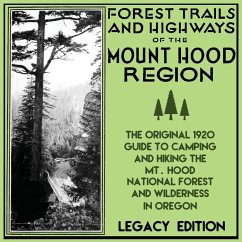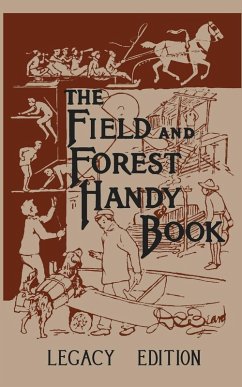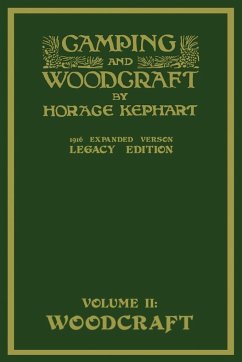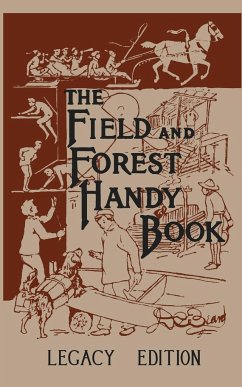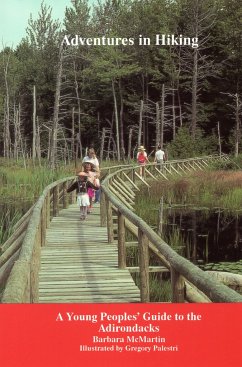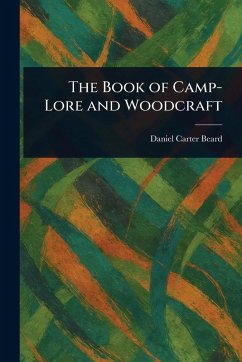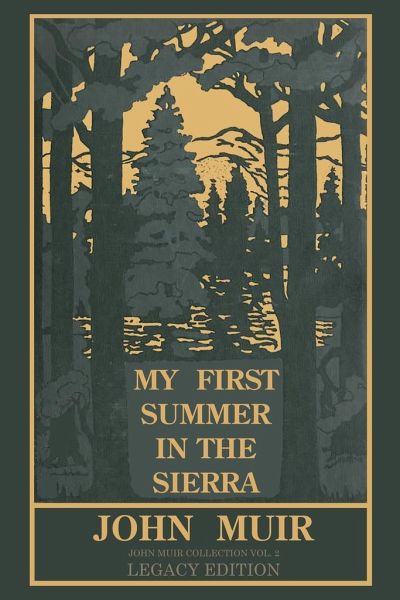
My First Summer In The Sierra (Legacy Edition)
Classic Explorations Of The Yosemite And California Mountains
Versandkostenfrei!
Versandfertig in 1-2 Wochen
23,99 €
inkl. MwSt.

PAYBACK Punkte
12 °P sammeln!
See The World Through John Muir’s Eyes! This deluxe, unabridged reprint Legacy Edition of John Muir’s 1911 My First Summer In The Sierra is a celebration of the beauty of California mountains and the great Yosemite valley. Take a walk with Muir as he explores Yosemite, the Sierras, the land of the large Sequoias, the ancient homes of native peoples, and the forests of America. In this volume, Muir discusses much of what he saw during his travels during his first summer in California’s Sierra Range. Reflect on the words of Muir’s keen eye for nature and the lore of the woods while you p...
See The World Through John Muir’s Eyes! This deluxe, unabridged reprint Legacy Edition of John Muir’s 1911 My First Summer In The Sierra is a celebration of the beauty of California mountains and the great Yosemite valley. Take a walk with Muir as he explores Yosemite, the Sierras, the land of the large Sequoias, the ancient homes of native peoples, and the forests of America. In this volume, Muir discusses much of what he saw during his travels during his first summer in California’s Sierra Range. Reflect on the words of Muir’s keen eye for nature and the lore of the woods while you plan your own escape to the wilderness. Muir’s admiration of the diversity of his surroundings and appreciation of every living creature big and small is clearly seen in every page! This book makes a perfect gift for backpacking and camping enthusiasts, outsoorspeople, campers, hunters, bushcrafters, scouts, and historians. This book represents the rich history of the American outdoors and camping tradition, and belongs on the bookshelf of every outdoors enthusiast! A part of the Doublebit John Muir Collection: Volume 2 This Doublebit Legacy Edition reprint of My First Summer In The Sierra is professionally restored and presented from the original source with the highest degree of fidelity possible. Available in both paperback and hardcover, readers can enjoy this Legacy Edition for generations and learn from its timeless knowledge for years to come. About the Doublebit Press Library of Legacy Edition Reprints Sometimes we need to remember our history to move forward. Sometimes, remembering our heritage is just fun or inspirational. With technology playing a major role in everyday life, sometimes we need to take a step back in time to find those basic building blocks used for gaining mastery – the things that we have luckily not completely lost and has been recorded in books over the last two centuries. These skills aren’t forgotten, they’ve just been shelved. It’s time to unshelve them once again and reclaim the lost knowledge of self-sufficiency! As a part of the Doublebit John Muir Collection, this unabridged Legacy Edition volume is reprinted in the exact form as it was presented in the original publication. Both important and minor details have equally both been accounted for by our publishing staff, down to the cover, font, layout, and images. It is the goal of Doublebit Legacy Edition series to preserve outdoors heritage, but also be cherished as collectible pieces, worthy of collection in any outdoorsperson’s library and that can be passed to future generations.



